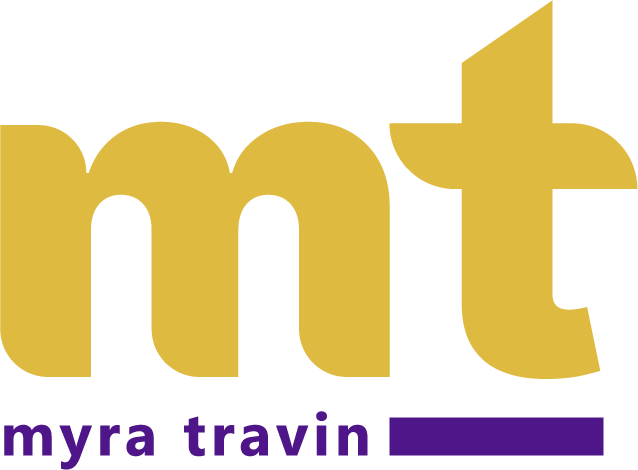Learners experience and connect with the world in as many ways as there are individual people. How can the robust complexity of these thoughts, intentions, and actions be collected and evaluated to determine performance? Get ready for the acronyms. In Training and Learning Architectures (TLA), learner profiles interact with experience tracking, content brokering, and competency networks in a way that creates both an ecology of learning in instructional design and a Learning Record Store (LRS) where all data is housed and accessed by enterprise Learning Management Systems (LMS). It’s like the Holy Grail of traceable performance data and outcomes. Who cares? You should.
As @johndelano of Saltbox puts it: “The Experience API (xAPI) helps cross the chasm between level 2 and level 3 & 4 measurement. We are in the early adopter phase of the standard, with L&D leaders beginning to aggregate data for basic reporting while mapping out the competencies, learning experiences, and systems that will provide the best insight into whether behaviors are changing and business outcomes are met. Within the next 18-24 months we will see the early majority of companies adopting the standard, as interoperability and plug and play connecters are more widely available.”
If data is the foundation upon which all performance design is built, then your organization is really only as good as the data it collects. And, the data is also defined by its collection methods! Data is like concrete — if it’s full of holes, there goes the cathedral.
So why are so many organizations still relying on L2 Kirkpatrick test data rather than results, especially when test data can be so unreliable as a measurement of individual algorithmic learning? Probably because they have to. But, as mobile devices take over our landscape and push us toward access and informal, individualized learning environments, xAPI will no longer be a luxury. It will be the life force of our organizations’ health and welfare.





